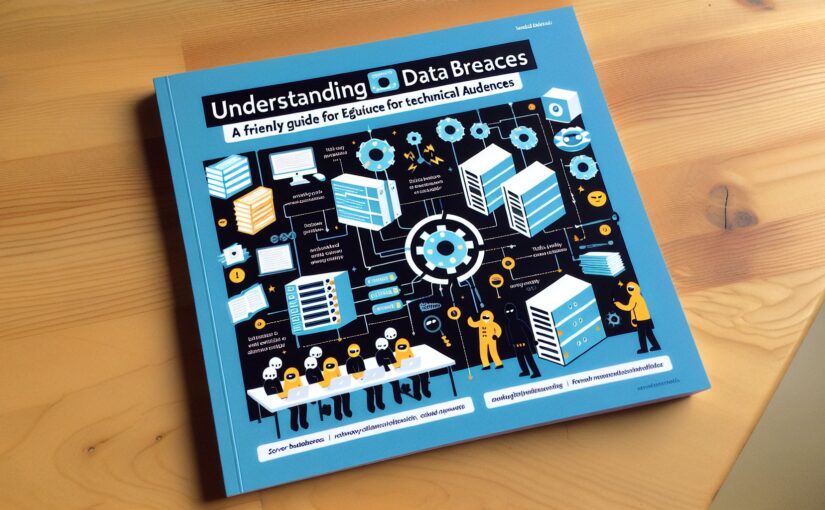Hello there, fellow tech enthusiasts! Today, let’s dive into the world of data breaches – a topic that has become increasingly prevalent in our digital age. From small businesses to large corporations, no one is immune to the potential risks posed by a data breach. In this article, we’ll explore what exactly constitutes a data breach, common methods used by cybercriminals to carry out these attacks, and most importantly, how you can protect your valuable data from falling into the wrong hands.
What is a Data Breach?
First and foremost, let’s establish a clear definition of what a data breach actually is. Simply put, a data breach occurs when unauthorized individuals gain access to sensitive or confidential information. This could include personally identifiable information (such as names, addresses, and social security numbers), financial data (credit card numbers, bank account details), or even trade secrets and intellectual property.
How Do Data Breaches Happen?
Now that we have a basic understanding of what a data breach entails, let’s take a closer look at some common methods used by cybercriminals to carry out these attacks. One of the most common tactics is phishing, where hackers send deceptive emails or messages in an attempt to trick individuals into revealing their login credentials or other sensitive information. Another method is known as SQL injection, where attackers insert malicious code into a website’s database in order to gain unauthorized access.
Additionally, malware such as ransomware and spyware can also be used to infiltrate systems and steal data. These malicious programs are often distributed through infected email attachments, compromised websites, or even vulnerable software applications.
Protecting Your Data
Now that we’re aware of the various ways in which data breaches can occur, it’s crucial to take proactive steps to protect our valuable information. Here are a few tips to help safeguard your data:
-
Keep your software up to date: Regularly installing security updates and patches can help mitigate vulnerabilities that cybercriminals often exploit.
-
Use strong, unique passwords: Avoid using the same password across multiple accounts and consider using a password manager to securely store your credentials.
-
Enable two-factor authentication: Adding an extra layer of security to your accounts can help prevent unauthorized access, even if your password is compromised.
-
Educate yourself and your team: Training and awareness programs can help employees recognize potential threats and avoid falling victim to phishing scams.
-
Implement encryption: Encrypting sensitive data can help protect it from being accessed in the event of a breach.
By following these best practices and remaining vigilant, you can significantly reduce the likelihood of falling victim to a data breach.
Conclusion
In conclusion, data breaches are a serious threat that can have far-reaching consequences for individuals and organizations alike. By understanding how these attacks occur and taking proactive steps to protect our data, we can mitigate the risks and ensure the security of our valuable information. Remember, in today’s digital world, cybersecurity should be a top priority for all tech-savvy individuals. Stay informed, stay cautious, and stay safe!
